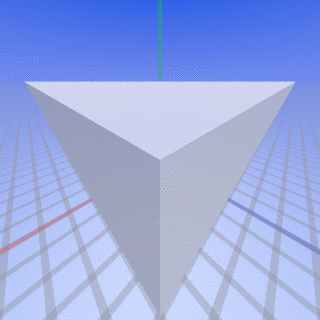This is another perspective distortion question. I understand that perspective distortion is primarily a function of capture and viewing distance, but I am still working on fully understanding the causes of the "flattening" of scenes that is credited to telephoto lenses.
This seems to refer to our ability to discern the differences in size attributable to differences in distance from the lens for subjects beyond a certain distance from the lens. If this is correct, then is it just that with the longer distance from the subject when using a telephoto lens, this compression happens closer to the foreground, rather than in the mid- or background with a wide lens?
Is it fair to say that the compression effect occurs at a certain distance from the photographer regardless of lens, but the field of view influences how close to the foreground this effect takes place? Can you share any information to help people like me understand this?
Answer
The flattening or compression effect is not caused by a particular kind of lens, it applies to all lens in the same way. Actually, this property of lenses applies to our own eyes as well. The factor that affects flattening is the distance from the camera to the subjects.
Consider the following exercise:
Place two friends 1 meter away from each other. Place yourself in line with them, so that you are 1 meter away from one of them, and 2 meters away from the other. Move a bit to the side, so that you can see both. From this position, you can easily estimate what the distance between your two friends is. Now walk 100 meters back along the imaginary line determined by your two friends. Again, move a bit to the side so that you can see both. Can you really tell now how far away from each other they are? Will you see your friends in a significantly different way if one of them moves an additional meter apart from the other? You won't, because from 100 meters away, a difference of a meter is not significant.
The thing is, our eyes have a fixed field of view, so in addition to flattening, we experience a scale reduction as we move farther away from the subjects. With a camera you can magnify the effect by using a long lens. But the compression will be exactly the same no matter what lens you use.
Wikipedia provides some good examples on Perspective Distortion and shows the math behind the Angle of View.
From that page, I like this animation of a cube that goes from extreme extension to extreme compression, when changing the focal length and distance to camera:

Image copyright 2007 SharkD, licensed CC-BY-SA 3.0
No comments:
Post a Comment